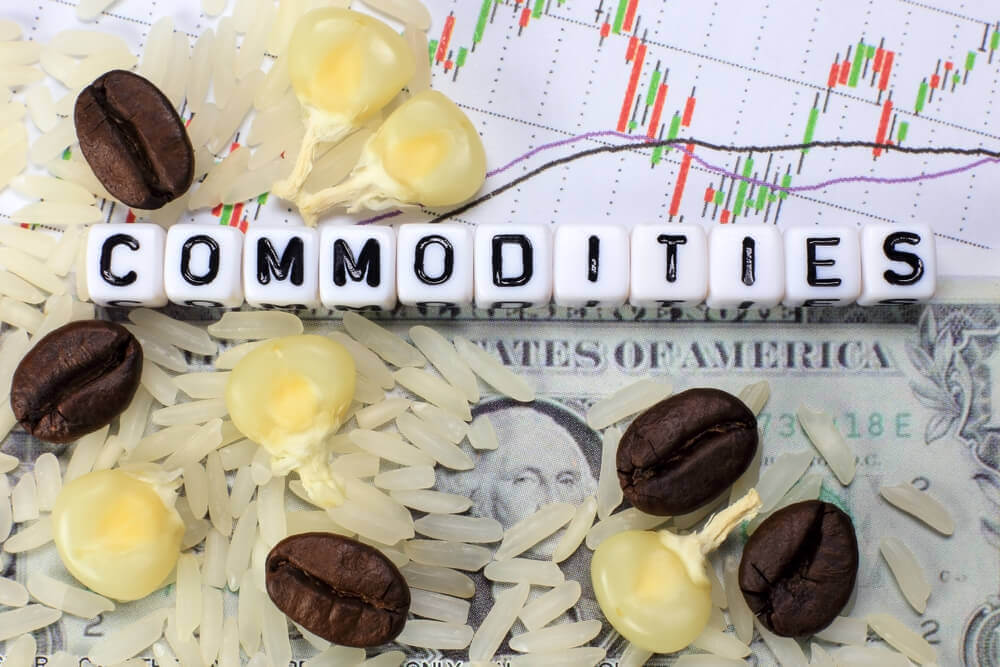
The price rise in commodities
Many market observers predicted the start of a new commodities supercycle in early 2021. There were lots of encouraging signs: low-interest rates, fiscal stimulus across developed economies, and pent-up demand as the world emerged from COVID-19. The theory was that demand for commodities would outpace supply. After a year of lockdowns, consumers would have extra money to spend, while government infrastructure and electrification programs would cause raw material prices to soar.
Commodities Rise Continues
Using the IMF’s Global Price Index of All Commodities, we can see that commodity prices had risen in aggregate since the epidemic lows in April 2020. Since then, commodity price rises have greatly exceeded the previous supercycle, which began in the early 2000s and was driven by emerging markets. Commodity prices rose steadily for several years until oil peaked in 2008. It means that there is no pressing need to withdraw monetary support and eventually raise interest rates. Meanwhile, the United States Senate passed a $1 trillion infrastructure bill, which the House must now approve of Representatives. Infrastructure spending in wealthy nations is a powerful argument in favor of the supercycle idea, as it helps boost demand for commodities and building materials.
For example, in 2021, the price of lumber and steel in the United States reached multi-year highs. While lumber costs have now fallen, steel prices remain high. Steel mills are struggling to fulfill the rising demand for their product, resulting in long lead times for buyers.
China Demand Cooling
In contrast, news from China, the world’s largest importer of commodities, is less encouraging. The country’s economic development remains solid, although it is slowing compared to the first half of 2021. The country has had to deal with localized COVID outbreaks and more cautious government spending, all of which have contributed to a less favorable economic situation. The country’s government has also recently taken a more active role in attempting to manage commodity markets.
It has resulted in government action to stabilize commodity prices. Surprisingly, this has dampened the most China-sensitive commodities, such as iron ore and, to a lesser extent, copper.
Energy Transition Making Its Mark
What about commodities derived from energy? WTI benchmark prices have recovered from the pandemic lows and were trading around $70 per barrel by late August. At the most recent OPEC meeting, members decided to increase output by up to 400,000 barrels per day, potentially limiting the opportunity for additional oil price advances. Aside from oil, natural gas has piqued the interest of many merchants.
In particular, European natural gas prices at the Dutch TTF hub The majority of the supercycle tale remains the same: fiscal spending, monetary stimulus, and an economic recovery from the epidemic. On the other hand, some concerns are developing that may call this story into question. Inflation in the United States is currently over its long-term target of 2% per year. The question is whether this inflation will be truly temporary. An inflation fear might drive the Fed’s hand, with unpredictable ramifications for commodities markets.


